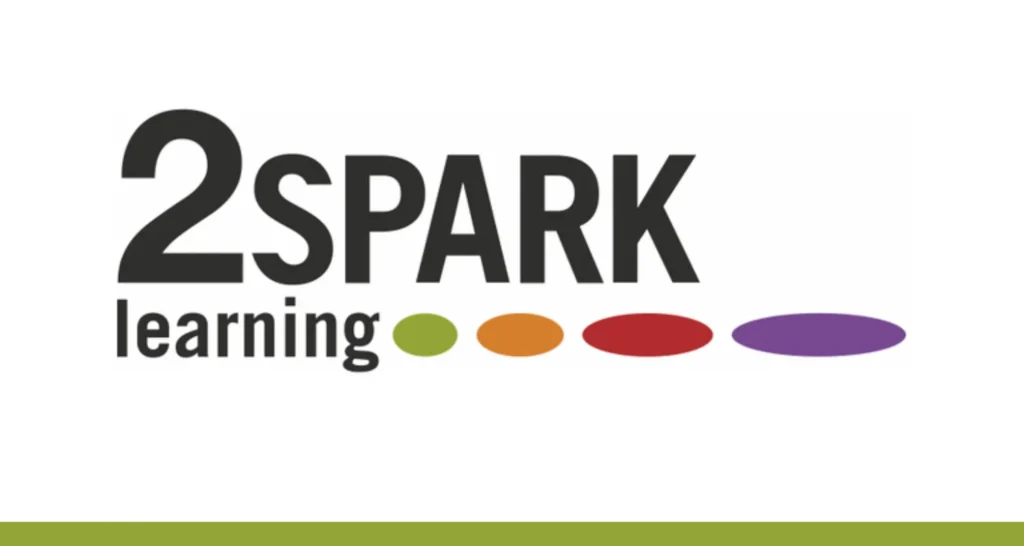Blockchain is now known to most users as the basic technology for the operation of digital currencies, including the most well-known BitTorrent. In reality, however, it has a much wider use and can be a factor that will change the creative industries to unrecognizable. Let’s look if the Blockchain will find use in a creative economy.
According to Klaus Schwab, the founder and executive chairman of the World Economic Forum is a blockchain “essentially shared, programmable, cryptographically safe, and therefore a trusted building block that no user controls and can operate without central control.”
Blockchain as a technology has several features that can be used in the future in the so-called creative economy:
Transactions are verified and approved by the consensus of network participants, which greatly complicates fraud.
You can trace the complete chronology of events, such as transactions so that they can be verified at any time.
The technology works on a distributed, not a centralized platform, with each participant accessing the same records, allowing it to enter and exit at its own discretion and also to protect against attacks.
Thus, Blockchain can find applications not only in digital currencies but in any other transaction, workflow, or supply chain. It can also act as a platform for intellectual property creators to reward them for their ideas and work. Contemporary artists, for example, complain that various organizations that grant and manage publishing and mediation services such as YouTube or Spotify are increasingly entering the chain between them (artists) and the audience. Because of this, they have lower incomes and influence on the valuation, sharing, and promotion of their work.
“Today, when everyone wants to get paid for the right to play a song on a concert or a song in a movie, it causes a lot of transactional disagreements and it takes a lot of time, creative work may be of much greater value, but it is underestimated because of these problems,” says Wences Casares, CEO of Xapo. These problems can be solved by a platform like a blockchain that offers some interesting tricks.
1. Smart Contracts
Blockchain can be a platform for closing or executing so-called smart contracts. They can replace routine contracts and help artists and intellectual property owners to assert digital rights and distribute revenues to all who are involved in the creative process. License fees could be designed to offer fair conditions for musicians, songwriters, and composers, ie all parties involved in the creative process.
2. Transparent P2P transactions
One of the greatest advantages of a blockchain is its public nature. All transaction-related work can be seen and verified, including who accesses it and how much revenue it generates. Interested parties will be able to better understand the overall value of the created work and it will be clear who owns it.
3. Efficient and dynamic valuation
Poor appreciation of creative content may be a problem. But thanks to the blockchain, a price can be set based on demand and supply. The determination of access rights and price management can be in the hands of the author of the work without the involvement of intermediaries. Creators themselves can also offer discounts and the like.
4. The ability of “micrometry” and “micro monetization”
Current services on the Internet allow you to buy and download individual tracks, but blockchain would allow you to access individual parts, such as a few seconds of a movie trailer, by identifying the smallest unit of content you can use. “It enables users to support content makers of their choice without additional services,” says Mike Belshe, co-founder and chief executive of BitGo.
5. Reputation system
Blockchain is able to assign ratings to individual addresses, allowing mutual authentication between the authors of the work and its users. By establishing certain conditions of use, better collaboration and the relationship between the author and the user can be achieved. Those users who repeatedly fail to comply or try to bypass the system will have a record that can act as a deterrent.
Risks, challenges, and future
Despite the benefits offered by the blockchain, several challenges persist. When this technology is being used on a large scale, solutions will also have to be sought in areas where the blockchain does not have used, especially as regards business, technology, and legal issues.
Problems with licensing and status quo
Some artists have already recognized the advantages of the blockchain, but there are still few. It is not yet clear how large their number would be, in order to change the current state where distributors, record companies, and other intermediaries determine the terms of payment and use of the work.
Promotion
Although Blockchain can give creators greater freedom to handle their own work and earn better revenue, questions remain about promotion. Here are just the publishing companies and agencies. In their absence, it may happen that some writers’ incomes are even lower without their involvement.
Storage
The question is also where the content will be stored. In the blockchain itself as metadata or in the form of access keys? Current technology may mean limiting the storage of creative content directly into the blockchain. When storing the metadata itself, it is about where it will be stored and how it will be distributed.
Methodology
Blockchain itself is not designed for micropayments and therefore requires an additional “layer” to process payments.
Intellectual property framework
Governments and consortia in the area of intellectual property rights will have to define legal frameworks that recognize transactions through a blockchain. While technology is capable of keeping a record of rights holders, overall, it may be necessary to rely on traditional mechanisms to enforce the rights of owners, especially in cases where contracts are not respected.
Management
Other questions relate to whether a blockchain should be public or private in a creative economy. In the first case, the data will be accessible to all network users, which gives rise to concerns. In the case of a private solution, there is the question of who will manage public affairs, especially rights and permits, and who will fund the system. For example, if recording companies will become development and management, there will be practically no change in artist remuneration.
“We need to develop software that will allow artists to directly record digital work into blockchains. If it fails, it will be difficult to circumvent traditional consortium holders of property rights,” said Kenji Saito, who lectures on blockchain at Keio University.
Defining value in a creative economy
Blockchain can mean more transparent and dynamic pricing based solely on demand and supply. However, this may mean deviating from valuing a work based on its cultural, social, or political value. The work becomes de facto a commodity.
Blockchain has the enormous potential to remove obstacles, which could lead to greater efficiency, greater accountability, lower costs, and higher remuneration for artists. But the way to these benefits goes through the development of technology within certain regulatory frameworks. This can mean the limitation is hard to overcome.













